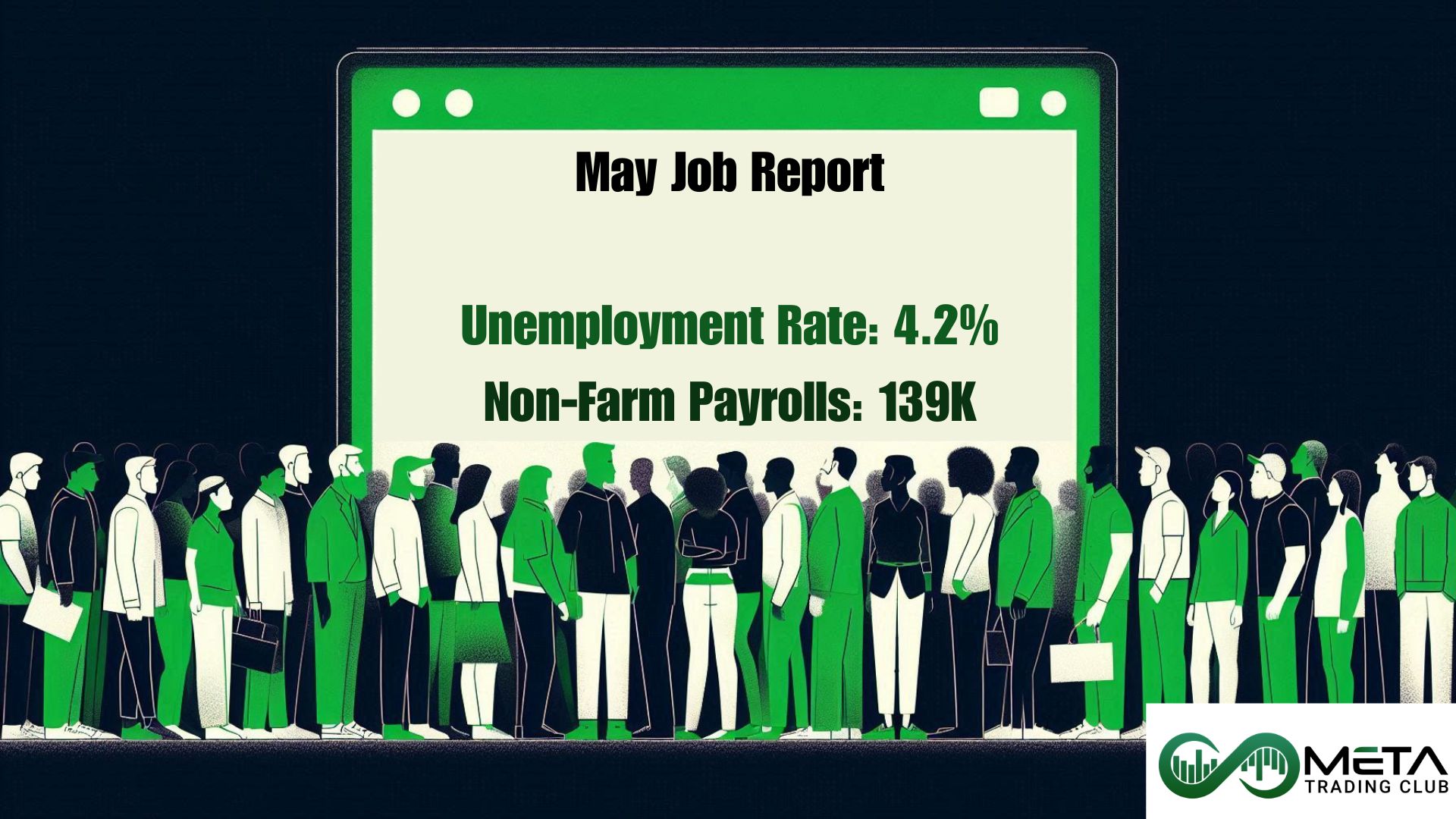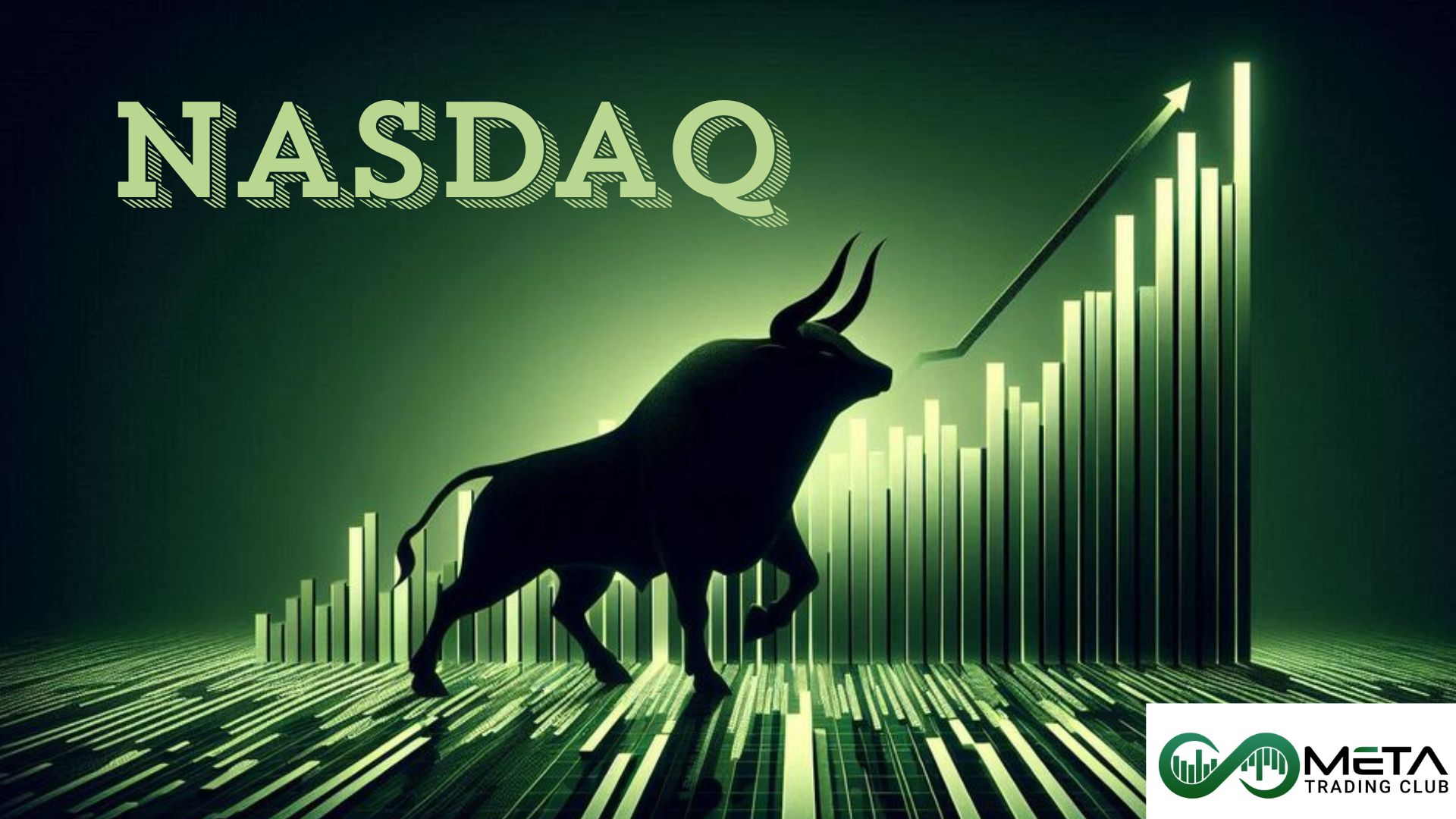Imagine building a grand house; the strength and longevity of your home depend heavily on the robustness of its foundation. Similarly, embarking on the journey to become a successful Forex trader necessitates a solid understanding of the basics before moving on to more intricate strategies and techniques.
While many seek to master the art of Forex trading and unlock the door to substantial financial rewards, only a few truly succeed. The key difference lies not just in technical know-how but in the trader’s mindset. Your psyche, emotional control, and ability to make informed, rational decisions under pressure are crucial components of your trading success.
From understanding currency pairs to mastering risk management, each step of this guide is designed to lay the groundwork, ensuring you’re well-prepared for the exciting challenges ahead.
Table of Contents
What is Forex?
Imagine you’re on a vacation in Paris, and you’ve got a pocket full of dollars. To buy that delicious croissant, you need euros. So, you head to a currency exchange booth and swap some dollars for euros. Congratulations! You’ve just participated in the foreign exchange market, or forex.
Trading forex means buying and selling currencies, and it’s like being on a constant vacation,except instead of croissants, you’re aiming for profits from fluctuating exchange rates.
But where did the journey of currency exchange originate? The concept of exchanging value has been fundamental throughout history. Long before the advent of modern currencies, direct barter was the norm for trading goods and services.
However, this method proved inefficient, as in the age of empires, trading spices, silk, and other goods required stable currency exchange to avoid economic chaos.
Over time, coins crafted from precious metals emerged as a universal medium of exchange. With the establishment of nations and the expansion of economies, paper money was introduced, streamlining commerce significantly.
As a result, the worth of these currencies became closely linked with the health of national economies, cementing the role of foreign exchange as a cornerstone of international trade, travel, and economic fortitude.
Fast forward to the 20th century, the gold standard and later the Bretton Woods system tried to stabilize international currencies. Eventually, these systems gave way to the floating exchange rates we have today, where currency values fluctuate based on supply and demand, geopolitical stability, and economic performance.
In the past, trading foreign currencies was a privilege reserved for the financial elite, think banks, governments, and ultra-wealthy individuals. They controlled the forex markets, and the average Joe neither stood a chance nor got the sufficient funds.
But then came forex brokers, opening Pandora’s box and introducing the forex market to the public. The forex market is among the tamest markets though, just wait until the crypto market knocks on the door, that’s Pandora’s box on steroids!
So, how does the forex market work? This global marketplace is accessible to everyone with a semi-functional computer and an internet connection, allowing anyone to trade currencies from the comfort of their home. But to become a master trader, first you must learn the ropes.

How Forex Trading Works?
To understand how the forex market works, you first need to understand the concept of Currency Pairs. Imagine you’re back in Paris, still hungry for those croissants, and you’ve got your dollars ready to exchange for euros. In forex terms, this transaction involves a currency pair, specifically EUR/USD, which stands for the euro and the US dollar.
In every currency pair, there are two parts: the Base Currency and the Quoted Currency. The base currency is the first one listed, and the quoted currency is the second.
So, in our Paris example, EUR/USD, the euro (EUR) is the base currency and the US dollar (USD) is the quoted currency. It’s like saying “How many dollars does one euro buy?”
But how trade profits and losses are made from swapping these currencies?
When you trade forex, you’re essentially betting on the value of one currency against another.
If you think the euro will strengthen against the dollar, you’ll buy EUR/USD. If the exchange rate goes up, meaning the euro is worth more dollars, you can sell the pair at a higher price and pocket the difference. Voilà, profit!
But if the euro weakens, you’ll sell at a lower price and take a loss, so kiss those extra croissants goodbye! And as for the rest of your bruised portfolio, well, it might just afford you a lonely cigarette to puff away the sorrows.
Let’s have an example, let’s suppose you buy EUR/USD at 1.2000, and later the price rises to 1.2500. You sell it, making a profit of 0.0500 or 500 pips (a pip is the smallest price move that can be measured in EUR/USD pair). The other way around, if the price drops to 1.1500, you face a loss of 0.0500 or 500 pips.
As you see forex trading is not brain surgery, It’s all about predicting the direction of the exchange rate and acting accordingly. But to grasp more complex matters, first you must know some common Forex Terminologies.
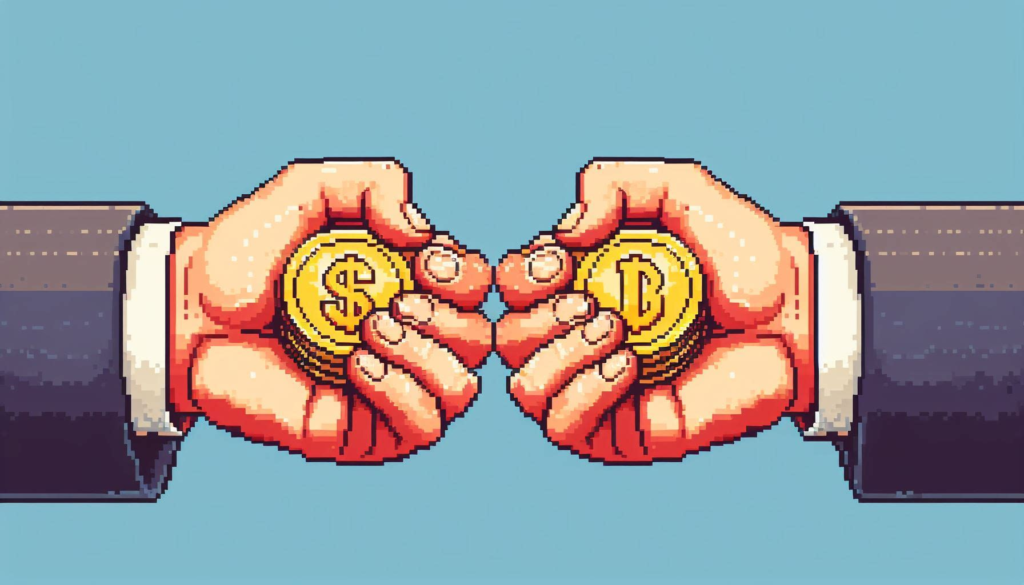
Forex Terminology
Launching into the world of Forex trading without a firm understanding of its terminology is like setting sail without a compass; you’ll find yourself adrift in a sea of confusion. You will see these terms every step of the way so make sure to memorize them with care.
Pips: A pip, is the smallest price move that a given exchange rate can make. In most currency pairs, a pip is typically the fourth decimal place (0.0001). So, if the EUR/USD moves from 1.1200 to 1.1201, that’s a one-pip change. Think of pips as the inches of forex trading, small but significant.
Pipettes: A pipette is one-tenth of a pip. It adds an extra decimal place to currency quotes, making it the fifth decimal (0.00001). Pipettes are like millimeters compared to the inches of pips, providing even more precise measurement of price movements.
Points: In some trading platforms, especially those dealing with Japanese yen pairs, the term “Points” might be used instead of pips. Here, a pip is the second decimal place (0.01). So, if USD/JPY moves from 110.10 to 110.11, that’s a one-point change. Points are essentially the same as pips but can vary depending on the currency pair.
Lots: Forex trades are made in lots, which are standardized contract sizes. There are three types of lots:
- Standard Lot: Equals 100,000 units of the base currency. If you’re trading EUR/USD, one standard lot is 100,000 euros.
- Mini Lot: Equals 10,000 units of the base currency. One mini lot of EUR/USD is 10,000 euros.
- Micro Lot: Equals 1,000 units of the base currency. One micro lot of EUR/USD is 1,000 euros.
Bid Price: This is the price at which the market (or your broker) will buy a specific currency pair from you. It’s the price you’ll receive when selling.
Ask Price: This is the price at which the market (or your broker) will sell a specific currency pair to you. It’s the price you’ll pay when buying.
Spread: Think of the bid as the “sell” price and the ask as the “buy” price, the difference between these two prices is known as the spread.
Leverage: This allows you to control a large position with a relatively small amount of capital. For example, if you have a leverage of 100:1, you can control $100,000 with just $1,000.
Margin: This is the amount of money required to open a leveraged position. It’s essentially a good-faith deposit to ensure you can cover potential losses.
CFDs (Contracts for Difference): CFDs are financial derivatives that allow you to speculate on the price movements of currencies without actually owning the underlying asset. You can profit from both rising and falling markets.
Leverage Trading: This involves using borrowed funds to increase the size of your trade. This will increase your exposure to the market moves, multiplying your gains and losses. Make sure to use leverage wisely, otherwise you may cut yourself in half with the sharpest two sided sword in existence.
Margin Call: This occurs when your broker demands additional funds to maintain your position due to adverse price movements. If you can’t meet the margin requirement, your broker closes your position at a loss and drains your account dry.
Commission: Some brokers charge a commission on each trade, in addition to the spread. It’s a fee for executing your buy and sell orders.
Currency Pair Types: Currency pairs are usually categorized in three groups:
- Major Pairs: These include the most traded currencies, such as EUR/USD, USD/JPY, and GBP/USD. They are known for their liquidity and lower spreads.
- Minor Pairs: These include less traded currencies, like EUR/GBP and GBP/AUD. They have higher spreads compared to major pairs.
- Exotic Pairs: These involve one major currency and one emerging market currency, like USD/TRY or EUR/TRY. They have the highest spreads and are less liquid.
Brokers: Forex brokerages, simply called brokers, are intermediaries that provide access to the forex market. They offer trading platforms, leverage, and customer support to help you execute trades.
Trading Software: MetaTrader 4 (MT4) and MetaTrader 5 (MT5) are the most popular trading platforms out there. Trading Softwares offer advanced charting tools, automated trading capabilities, and a user-friendly interface.
Analysis Tools: TradingView is the face of all analysis tools, a powerful charting platform that provides advanced technical analysis tools, real-time market data, and a vibrant community of traders sharing ideas and strategies. It’s an excellent resource for both novice and experienced traders.
Paper Trading: Paper trading uses virtual worthless money to train traders who have little experience trading and want to familiarize themselves with the market with zero risks. Paper trading requires a Demo account.

Now that you know basic terminologies, it is time to dip your toes into the never ending world of Price Chart Analysis
Price Chart Analysis
Before diving into a trade, seasoned forex traders analyze price charts to make informed decisions. The history of price movements, represented on these charts, helps traders predict future trends. This foresight can turn potential risks into profitable opportunities.
There are three primary types of analysis forex traders use to navigate the market: fundamental, technical, and sentiment analysis. Let’s get to know these three shall we?
Fundamentals Analysis
Fundamental analysis is like detective work in the world of forex trading. It involves examining the economic, social, and political factors that influence currency values.
Imagine trying to solve a mystery: you gather clues from various sources, piece them together, and form a theory. Similarly, in fundamental analysis, you analyze indicators like interest rates, inflation, unemployment rates, and gross domestic product (GDP) to understand a currency’s potential movement.
Websites like Forex Factory are invaluable for this type of analysis. Forex Factory not only lists crucial news but also has a calendar that tracks upcoming financial events and releases that can cause market fluctuations. These events include interest rate announcements, employment reports, and other economic indicators.
Traders can use this information to anticipate market movements and make informed trading decisions. For example, if a country announces a higher-than-expected interest rate, its currency might appreciate as higher rates attract foreign investment.
However, relying solely on fundamental analysis isn’t enough. Most seasoned traders combine it with technical analysis to gain a more complete market view.
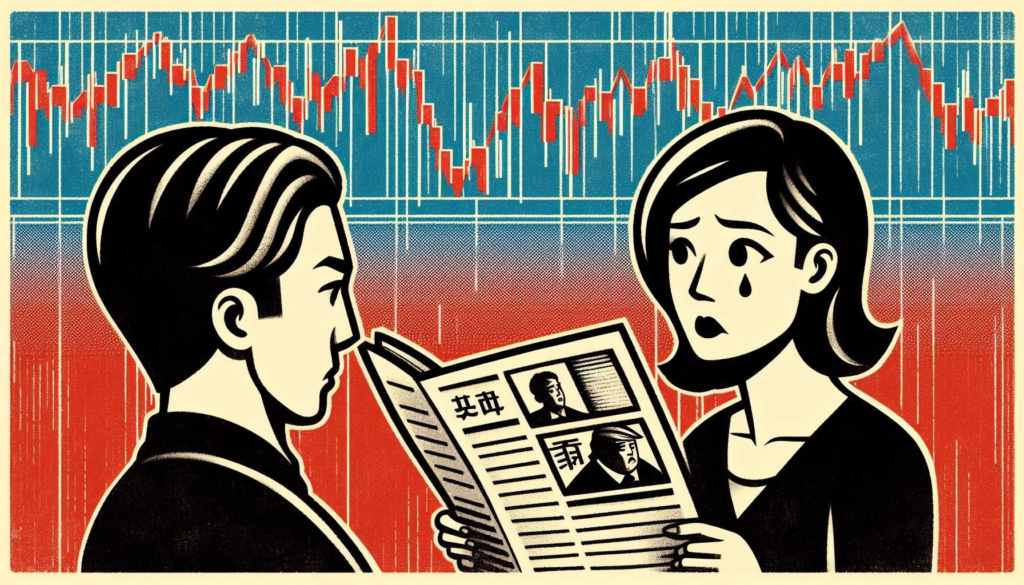
Technical Analysis
Some people believe that drawing random lines on a price chart can predict price movements with 100% accuracy, much like how some ladies think astrology can help them find their soulmate.
But hey, who doesn’t love a bit of chart-based fortune telling? Just like astrology, technical analysis has its ardent followers, each convinced their method is the magic bullet.
Like any other skill, there is the right way to learn technical analysis and the wrong way. Unfortunately, 90 percent of people get it wrong because they follow social media gurus rather than dedicating the time and energy to truly master the techniques. Instead of putting in the hard work, they end up with a mishmash of half-baked strategies.
There are many concepts in technical analysis that aim to calculate future market movements. Analysts and traders alike use various tools and techniques such as supply and demand, support and resistance levels, countless indicators, theories like Elliott waves or Fibonacci levels, candlestick patterns, classical patterns, volume, and many more.
Technical analysis is a far deeper rabbit hole than it seems. It’s a complex world that requires dedication and continuous learning. To truly understand the nitty-gritty of it, stay tuned for our upcoming articles on Meta Trading Club, and follow our socials to stay up to date!

Sentiment Analysis
Sentiment analysis in the forex market is all about finding the overall mood or attitude of traders and analysts toward a particular currency or the market as a whole. It’s like reading the room at a party: are people excited and optimistic, or are they anxious and pessimistic?
This collective sentiment can significantly impact currency prices, often driving market movements in ways that fundamental and technical analysis might not fully explain.
Sentiment affects the market in profound ways. In simple terms, when the market sentiment is bullish, meaning traders are optimistic, currency prices tend to rise as more people buy in anticipation of further gains.
Conversely, when the sentiment is bearish, meaning traders are pessimistic, currency prices often fall as people sell off their positions to avoid losses. Understanding market sentiment can give traders a crucial edge, allowing them to anticipate these movements and react accordingly.
There are several methods to measure market sentiment:
- Commitment of Traders (COT) Report: This weekly report, released by the Commodity Futures Trading Commission (CFTC), provides a breakdown of the positions held by commercial traders, non-commercial traders, and small traders in the futures market. It can offer valuable insights into the market’s overall sentiment.
- Forex Sentiment Indicators: Various brokers and financial websites offer sentiment indicators that show the percentage of traders who are long or short on a particular currency pair. These indicators can help gauge the current market sentiment and identify potential turning points.
- Social Media and News Analysis: Monitoring social media platforms, financial news, and forums can also provide a sense of market sentiment. Tools like Google Trends, Twitter sentiment analysis, and other social listening tools can help traders understand the prevailing attitudes and emotions in the market.
- Surveys and Polls: Regular surveys and polls conducted by financial institutions and trading platforms can offer insights into trader sentiment. These can include surveys of market participants about their expectations and outlooks.
While it’s not like the Forex market checks in with your emotions before making its moves, your mindset and psychological state play a significant role in the success of your trades. The extent to which you effectively manage the risks associated with your trading activities is a major factor in this equation.
Psychology and Risk Management
Have you interacted with the global trading community before? the land of YouTube gurus and self-proclaimed trader millionaires, where everyone’s making a fortune trading forex, right?
These social media influencers have created unrealistic expectations for young traders, leading many to start their trading journey with visions of yachts and private islands.
Reality check: most of them get knocked out faster than a rookie in a heavyweight boxing match when they realize trading isn’t a one-way ticket to billionaire status.
Trading isn’t a magic formula that instantly transforms you into a millionaire. It’s a subtle art, honed by countless failed and winning trades. Think of it like learning to ride a bike: the first few tries, you’ll probably fall and scrape your knees.
But with persistence, you get the hang of it. No one learns to ride a bike by just reading about it. So, if you find yourself struggling to adjust your mindset, book a free discovery call today. We’ll help you optimize your thoughts and expectations, guiding you to follow in the footsteps of many successful traders.
Picture this: you’ve just entered a trade. The price isn’t moving as you expected, and the mental pressure starts to build. You’re in a battle with your own psychology.
Every trader knows they should cut their losses, but that pesky voice in the back of your head keeps whispering, “Keep holding, it’ll pivot any second now.” Sure, the pivot will come… right after you’ve lost your shirt!
On the flip side, when the price moves in your favor, greed kicks in. You hold on, hoping to grow your portfolio, only to watch it crumble after a major pivot.
Without a proper trading plan, you’re not trading, you’re gambling. It’s like going to Vegas without a budget, thinking you’ll win big at every slot machine.
Too much mental pressure in a trade often indicates poor risk management, which can take a toll over time. To avoid this, start by paper trading. This helps you acclimate to the process without risking real money, reducing mental strain.
Once you move to actual trading, start small. Avoid the siren call of leverage trading; it’s tempting but often disastrous for beginners. Trading out of desperation, with the weight of your entire capital on the line, leads to a series of failed trades and eventually, the vaporization of your account.
One key technique to manage risk and improve your trading skills is to keep a journal. Document both your winning and losing trades, and analyze them to learn from your experiences.
Optimize your journaling by noting not just the outcomes but also the emotions and thought processes behind each trade. This reflective practice can reveal patterns in your behavior and decision-making, helping you refine your strategy and improve over time. Trading success is built on discipline, continuous learning, and effective risk management.
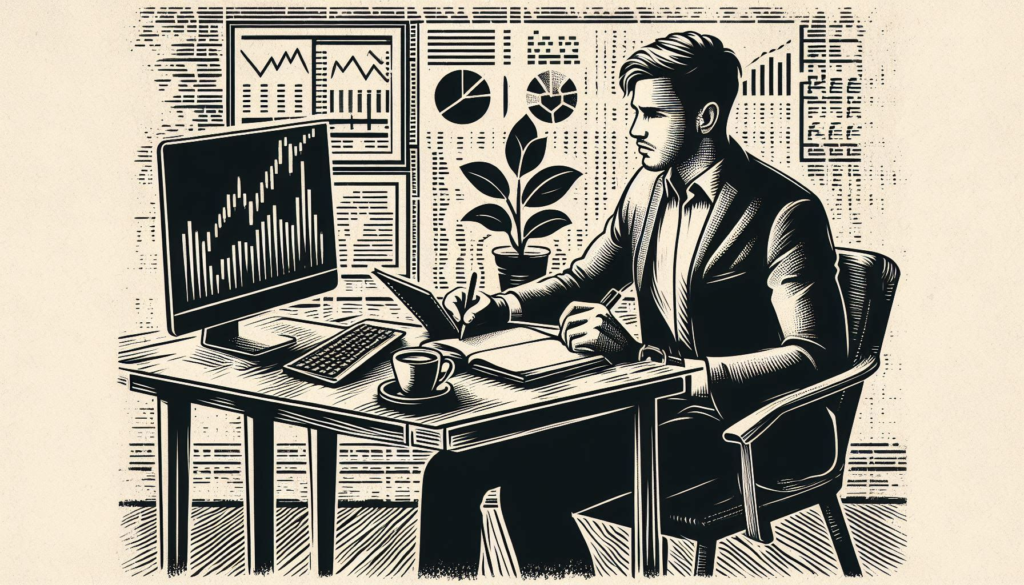
Final Words
Here we are, at the end of another journey. This time we’ve journeyed through the fascinating world of forex trading, starting with the basic definition and a brief history of currency trading.
We explored how the forex market operates, emphasizing the importance of understanding currency pairs and key basic terminologies like pips, lots, and leverage.
We delved into the three main types of analysis that traders use to predict market movements: fundamental, technical, and sentiment analysis. Each plays a crucial role in forming a well-rounded trading strategy.
We also highlighted the critical importance of trade psychology and risk management, stressing how unrealistic expectations can derail even the most promising traders.
Next, we’ll dive deeper with an in-depth beginner’s guide to forex trading. Stick around for our follow-up. Happy trading!
FAQ
- What Is Forex Trading?
Forex trading involves buying and selling currencies on the foreign exchange market to profit from changes in their exchange rates. It’s the largest and most liquid market globally with boundless opportunities. - How Forex Trading Works?
Forex trading works by exchanging one currency for another, speculating on the price movement of currency pairs to make a profit. Traders can go long (buy) or short (sell) on currency pairs. - How to Start Forex Trading?
To start forex trading, choose a reliable broker, open an account, deposit funds, and begin trading using a demo account to practice. Learn about technical and fundamental analysis for better decision-making. - What Is a Currency Pair?
A currency pair is a quotation of two different currencies, showing how much of one currency is needed to buy one unit of the other. For example, EUR/USD represents the euro against the US dollar. - What Is Leverage In Trading?
Leverage in trading allows you to control a large position with a relatively small amount of capital, increasing both potential profits and risks. It magnifies gains or losses, so use it cautiously.




